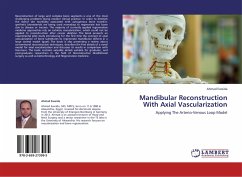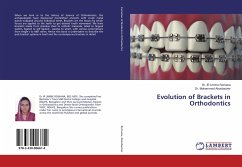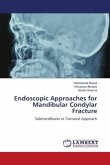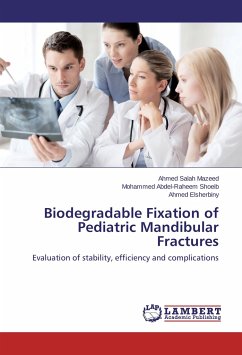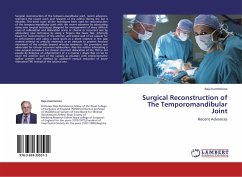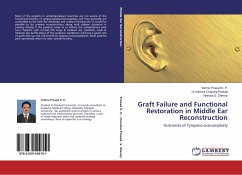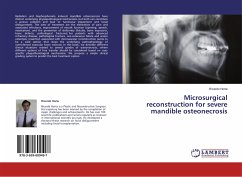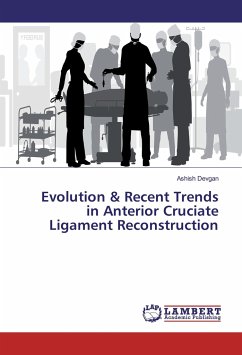Reconstruction of large and complex bone segments is one of the most challenging problems facing modern clinical practice. In order to diminish the donor site morbidity associated with autogenous bone transfer, synthetic biomaterials are being used nowadays to regenerate lost bone due to disease or trauma. The majority of currently applied regenerative medicine approaches rely on extrinsic vascularization, which could not be applied to reconstruction after cancer ablation. This book presents an experimental pilot study introducing for the first time the concept of axial vascularization of bone substitutes to regenerate mandibular defects in a large animal model (goat). The book is also presenting a review about conventional reconstructive techniques, describes the fine details of a novel model for axial vascularization and discusses its results in comparison with literature. The book contains valuable details suitable for graduate, and post-graduate researchers in the field of Reconstructive Maxillofacial surgery as well as biotechnology and Regenerative medicine.
Bitte wählen Sie Ihr Anliegen aus.
Rechnungen
Retourenschein anfordern
Bestellstatus
Storno

